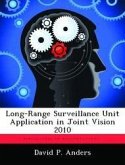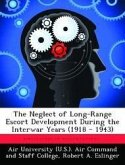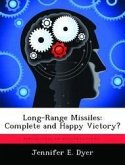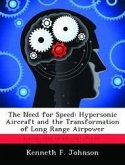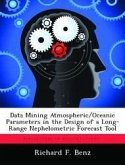Long Range Surveillance Units (LRSUs) provide a unique and necessary capability to today's commanders and to commanders who will fight in the future. In looking to the future operational environment, LRSUs must ensure their ability to operate across the full spectrum of operations at a rapid tempo and in a short-notice, force projection Army. Current LRSU doctrine is primarily built around the AirLand Battle doctrine of the Cold War, a conventional threat, linear battlefield, and employment at great distances behind enemy lines. As a result, LRSU doctrine and Tactics, Techniques, and Procedures (TTPs) require update or change. These changes will ensure continued LRSU relevance and their maximum effectiveness. This study identifies an increased and unaddressed emphasis on target acquisition, Stability and Support Operations, and operations in urban environments. These operations lend themselves to non-traditional and creative tasking of LRSUs and will necessitate increased requirements for friendly unit coordination, vehicular insertion, and potential task organization of reconnaissance elements. This study recommends changes to doctrine, tactics, techniques, procedures, and training based on lessons learned by LRSUs on recent operational missions and the lessons of similar units. These changes require proponent leadership, LRS community teamwork, and warrant additional Army oversight and assistance. This work has been selected by scholars as being culturally important, and is part of the knowledge base of civilization as we know it. This work was reproduced from the original artifact, and remains as true to the original work as possible. Therefore, you will see the original copyright references, library stamps (as most of these works have been housed in our most important libraries around the world), and other notations in the work. This work is in the public domain in the United States of America, and possibly other nations. Within the United States, you may freely copy and distribute this work, as no entity (individual or corporate) has a copyright on the body of the work. As a reproduction of a historical artifact, this work may contain missing or blurred pages, poor pictures, errant marks, etc. Scholars believe, and we concur, that this work is important enough to be preserved, reproduced, and made generally available to the public. We appreciate your support of the preservation process, and thank you for being an important part of keeping this knowledge alive and relevant.
Bitte wählen Sie Ihr Anliegen aus.
Rechnungen
Retourenschein anfordern
Bestellstatus
Storno


